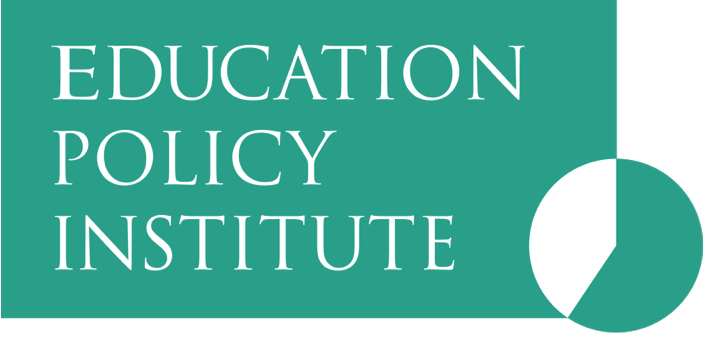Suspensions, or temporary removals from school, form part of an array of sanctions used to manage pupil behaviour. In this research note, we investigate the link between suspensions in primary school and Key Stage 2 (KS2) outcomes. This note builds on our recently published report in which we found a stark negative relationship between being suspended and GCSE grades for secondary pupils. Similarly, recent research, using an approach which matches pupils who are suspended or excluded with non-suspended and non-excluded counterparts with similar characteristics, found negative relationships between suspensions and exclusions in primary school and outcomes at Key Stage 4.
We found:
- Amongst our cohort of pupils finishing year 6 in 2019, 2.6 per cent of pupils were suspended during primary school. Suspensions are much less common in primary school than secondary school; amongst secondary pupils finishing year 11 in 2019, 15 per cent experienced at least one suspension.
- Of pupils who experience suspension in primary school, three in five had one or two suspensions.
- On average, suspended pupils left primary school having not met the expected standard in reading and maths.
- In fact, suspended pupils were, on average, approximately 10 months behind their not-suspended peers.
Even after accounting for other factors – including demographic characteristics, economic disadvantage, prior attainment and school characteristics – which may explain differences in KS2 outcomes, the negative effects of multiple suspensions remain statistically significant, though reduced in size.

